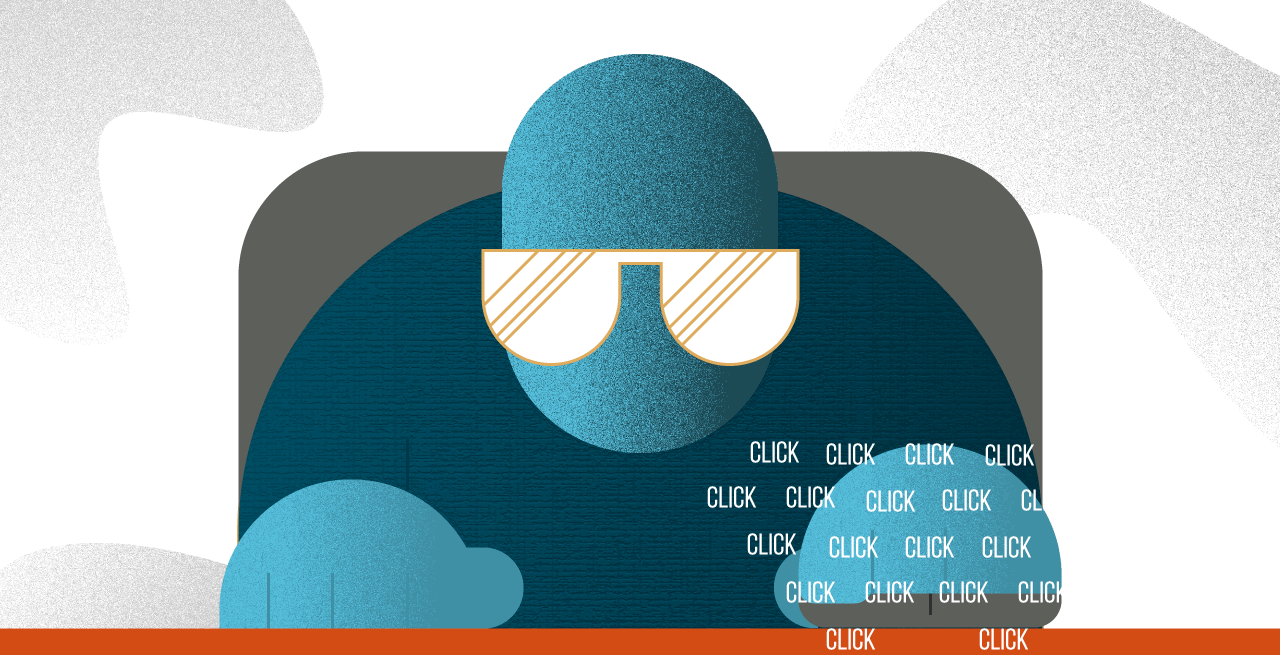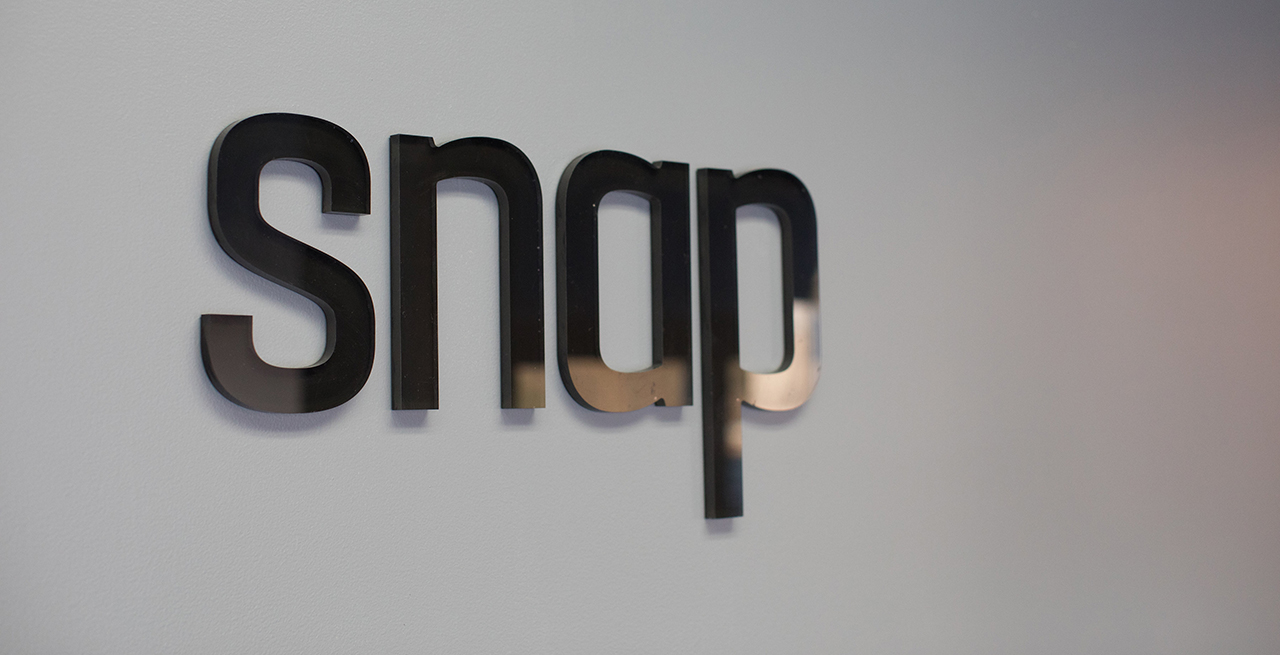If your brand is dedicating a large portion of your marketing budget to Search Engine Marketing (SEM) and paid social efforts, odds are that your online or mobile customer base makes up a substantial portion of your profits. In order to best market to this audience, your next PPC campaign needs to accurately targeted and smoothly executed. To get the most out of this next campaign, it is important to use data from your previous (or current) campaigns and examine what worked and what didn’t work. So, how does one go about measuring the success of ads or PPC campaigns?
Depending on the digital agency or marketing company you’re working with, different measuring techniques may be used to calculate how well a specific pay-per-click or paid social campaign is being received. At Snap, our team relies on click-through rates to help our customers identify both strong and weak points in their campaigns and to determine how to better craft that campaign to capture the target audience. By understanding the basis of click-through rates, how these rates factor into a PPC campaign, and how you can improve them, you’ll be setting your next campaign up for success.
What’s a Click-Through Rate?
Your click-through rate reflects the average percentage of click-throughs per one hundred ad impressions, or how many people out of a hundred who see your ad actually click on it. CTR does not account for visitors to your site who may have seen the ad but did not click and later still arrived at your site. Due to what it does and doesn’t cover, many digital agencies use CTR metrics as a helpful tool to track consumers’ immediate response to an ad, but not their long-term response to it.
Let’s say you’re running a campaign with the overarching goal of increasing web traffic to your site, so you create ads that leave viewers curious about the products, services, or offer available in hopes of getting them to your site. CTR would be a great measurement of how effectively the ads created directly steer traffic to your site upon their launch.
The Relationship Between CTR and PPC
CTR is a great gauge for measuring the success of any advertising campaign launched using major search engines like Google. In addition to the many other metrics used to rank content, Google relies heavily on CTR to judge your authority, content quality, and keyword usage. The higher your CTR, the stronger the indication to Google that your content deserves to rank more highly than others. In fact, Google uses calculations of expected click-through rates to help determine how ads fall during auction. The more relevant and reliable your ads and content are, the higher you will rank and the more clicks you’ll receive.
Improving Your CTR
To get a great CTR, every single ad you produce should accomplish two things:
Be visually stimulating in order to grab users’ attention
Considering that the average person’s attention span is shorter than a goldfish’s, getting—and keeping—consumers’ attention has become every marketer’s main priority and biggest challenge. If web design isn’t your thing, partnering with an ad expert could greatly increase the effectiveness of your campaigns.
Use content that encourages every consumer to find out more
If your content, starting with ads, is less than exciting, you can expect clicks to be rolling in more slowly than Fred Flinstone’s car. Creating stellar ads and content may not be your strong suit, so consider working with a digital agency that considers CTR and PPC their bread and butter.
Correlation vs. Causation
We know what you might be thinking. “If a high CTR helps me rank higher, my ROI is gonna skyrocket! What am I waiting for, let’s get to improving it!”
Hold your horses there, partner.
Although high CTR and higher conversion rates often seem related to one another simply due to the larger amount of website visits received, CTR does not automatically guarantee higher conversion rates or a stronger ROI.
In fact, depending on the goal of the campaign, the two may work contrarily. If you’re looking to bring in higher clicks based on curiosity, you probably won’t see higher sales, because those users will be at the initial stages of the conversion funnel, rather than at the end of their search. On the other hand, targeted ads might receive fewer clicks, but you could see higher conversions due to the relevancy of the information provided.
Make the Most of Your CTR With Snap
If your CTR needs an expert touch, or you’re interested in knocking your next ad campaign out of the park contact Snap today. Our team of developers, strategists, designers, and content creators are ready to help ensure you get the most out of every single click.


